The world of automatic transmission has evolved dramatically over the past few decades. Earlier, drivers relied on manual transmission with techniques like double-clutching, pressing the clutch twice for each shift. Today, modern cars have moved toward advanced automatic gearbox options, making driving easier, smoother, and more fuel-efficient. Among these evolving transmission types, the debate between Dual Clutch Transmission vs CVT has become one of the most widely discussed topics among buyers.
In India, both DCT (Dual Clutch Transmission) and CVT (Continuously Variable Transmission) are extremely popular due to their balance of comfort, performance, and efficiency. Since a gearbox plays a major role in your car’s driving experience, running costs, fuel efficiency, and long-term reliability, understanding the difference between a Dual Clutch Transmission vs CVT is essential before choosing the right automatic transmission for your vehicle.
What is a CVT Gearbox?
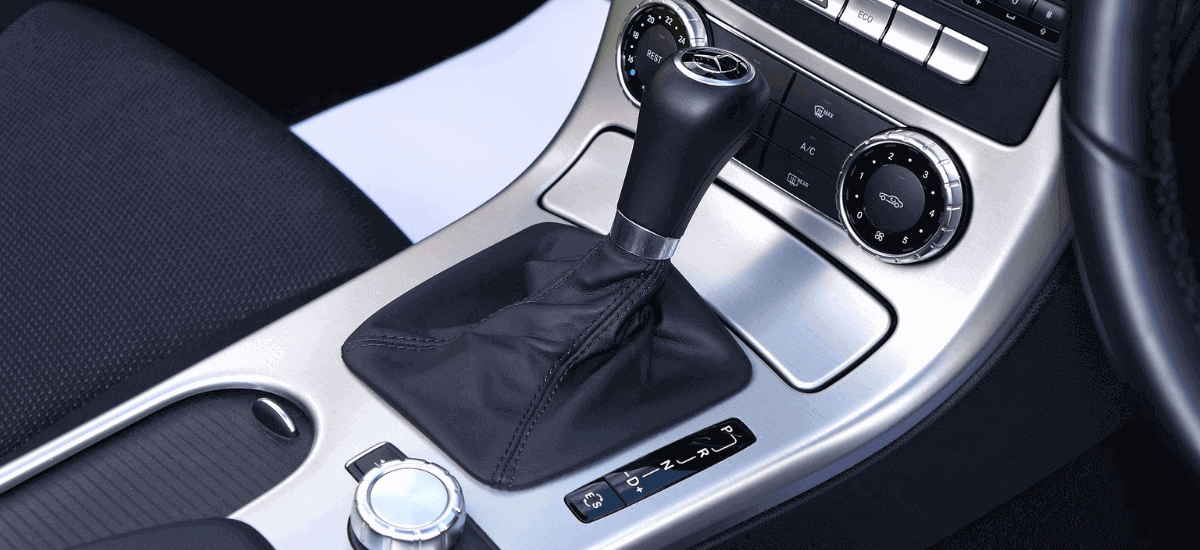
A CVT (Continuously Variable Transmission) is an automatic transmission that operates without fixed gears. Instead of shifting gear by gear, it uses a flexible belt and two variable pulleys to provide a continuous range of gear ratios.
How It Works
- Two variable-diameter pulleys
- A steel or composite belt
- Adjusting pulley sizes to change the gear ratio
As the pulleys expand or contract, the belt adjusts automatically, allowing the engine to remain in its most efficient power band. This makes CVT a favourite among city drivers who value smoothness and fuel efficiency.
Key Features of CVT
- Smooth acceleration
- No perceptible gear shifts
- High fuel efficiency
- Ideal for daily commuting
What is a DCT Gearbox?
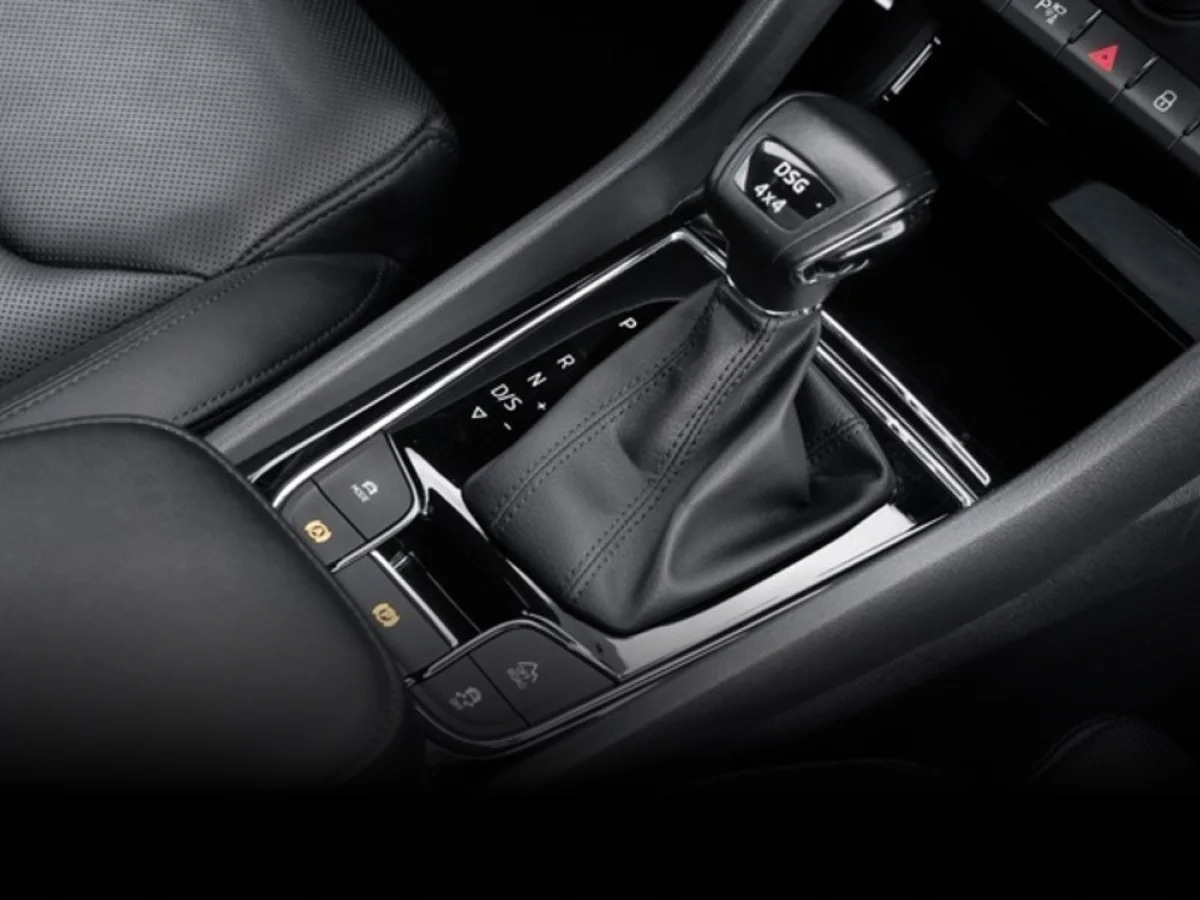
A DCT (Dual Clutch Transmission) is an advanced automated manual transmission that uses two separate clutches, one for odd-numbered gears and the other for even-numbered gears. This design allows the next gear to be pre-selected, enabling lightning-fast shifts.
How It Works
- Two input shafts
- Two independent clutches
- Pre-selected gears
- Rapid engagement system
This setup results in instant shifts, sportier performance, and improved acceleration, ideal for drivers who enjoy more engaging driving.
Key Features of DCT
- Extremely quick gear shifts
- Better acceleration
- High performance capability
- Responsive driving dynamics
Gearshift Time DCT vs CVT
DCT provides lightning-fast gear shifts due to its dual-clutch arrangement. The next gear is already prepared, resulting in minimal power loss.
CVT, by contrast, has no fixed gears. It offers seamless, shift-free acceleration but can feel slower during rapid overtakes.
Type of Vehicles
- DCT is used in sports cars and premium vehicles needing quick shifts and high torque handling.
- CVT is commonly found in commuter cars focused on smoothness and fuel efficiency.
DCT vs CVT Efficiency
When evaluating Dual Clutch Transmission vs CVT, efficiency is a major factor.
Mileage
- DCT: Slightly lower mileage due to mechanical complexity
- CVT: Higher fuel efficiency due to optimal engine rev range
Responsiveness
- DCT: Sharper, more responsive
- CVT: Smoother but less immediate during overtakes
DCT vs CVT Cost Comparison
Manufacturing Cost
- DCT: Expensive to manufacture and assemble
- CVT: Cheaper due to simpler design
Vehicle Cost
CVT-equipped cars are generally more affordable. DCT-equipped cars are usually placed in mid-to high-tier variants due to higher component cost.
DCT vs CVT: Maintenance
DCT Maintenance
- Requires specialized servicing
- Needs timely clutch inspections
- Software updates may be needed
CVT Maintenance
- Needs periodic fluid changes
- Belt inspection is essential
- Simpler design = lower long-term maintenance
Advantages & Disadvantages of DCT
Advantages of DCT
- Lightning-fast gear shifts: Provides quick and smooth gear changes, often occurring in milliseconds.
- Excellent acceleration: Delivers superior acceleration performance, especially noticeable during initial start and high-speed driving.
- More engaging driving experience: Offers the option of manual control along with automatic shifting, making driving more involved for enthusiasts.
- Better control and performance feel: Enhances vehicle responsiveness and handling, making it suitable for sporty and high-performance cars.
Disadvantages of DCT
- Not always smooth in stop-and-go traffic: Can cause jerks and lurches at low speeds, especially in traffic or parking situations.
- Slightly lower fuel efficiency: May consume more fuel in certain conditions, particularly at lower speeds and during city driving.
- Higher repair and maintenance costs: The complex design and dual clutch mechanisms make maintenance expensive compared to traditional transmissions.
- Can overheat in heavy traffic in some models: Excessive heat generation can lead to overheating issues, affecting durability and performance.
Advantages & Disadvantages of CVT
Advantages of CVT
- Smooth, seamless acceleration: Provides a continuous, smooth driving experience without abrupt gear changes.
- Excellent fuel efficiency: Optimizes engine power and reduces fuel consumption, ideal for city driving and long-distance travel.
- Fewer moving parts, better longevity: Contains fewer components than traditional transmissions, leading to potentially longer lifespan.
- Ideal for daily city driving: Offers ease of use, smoothness, and energy efficiency, making it suitable for urban environments.
Disadvantages of CVT
- Rubber-band effect during acceleration: May cause a delay or a high-revving sensation, which can feel unnatural or less engaging.
- Less engaging for spirited drivers: The absence of gear shifts reduces the feeling of connection and driver involvement.
- Belt wear is possible over time: The belts or chains used in CVTs can wear out, leading to maintenance or replacement needs.
- Not ideal for high-torque engines: Limited torque capacity can restrict use in high-performance or heavy-load vehicles.
Which is Better, DCT or CVT?
Your choice between a Dual Clutch Transmission vs CVT depends entirely on your driving preferences.
Choose DCT if you:
- Want quick, sporty gear shifts
- Prefer more performance and responsiveness
- Drive a vehicle with strong acceleration needs
Choose CVT if you:
- Prioritize smoothness and efficiency
- Mostly drives in city traffic
- Want a low-maintenance automatic transmission
Comparison CVT vs DCT
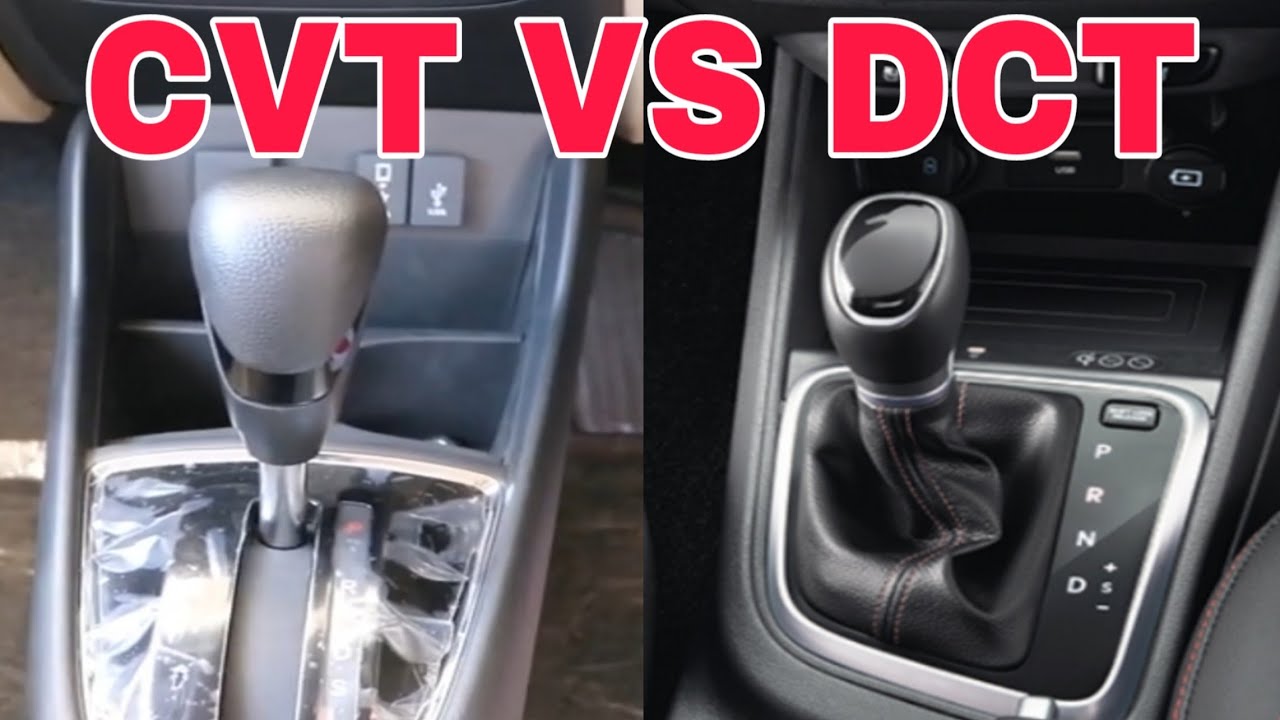
|
Feature |
DCT |
CVT |
|
Performance |
Extremely quick shifts, sporty feel |
Smooth and calm, no shift shock |
|
Fuel Efficiency |
Lower than CVT |
Higher due to a constant ratio |
|
Cost |
Higher manufacturing & repair costs |
More affordable |
|
Maintenance |
Complex servicing |
Easier maintenance |
|
Use Case |
High-performance cars |
Commuter & family cars |
Best DCT Cars in India

|
Car |
Engine |
Mileage |
Price |
|
1.5L Turbo Petrol |
17.88 km/l |
₹17.79–19.49L |
|
|
1.0L Turbo Petrol |
20 km/l |
₹9.81–11.54L |
|
|
1.4L Turbo Petrol |
17 km/l |
₹15.15L |
Best CVT Cars in India

|
Car |
Engine |
Mileage |
Price |
|
1.5L Petrol |
18.4 km/l |
₹11.16–15.11L |
|
|
1.0L Turbo |
17.7 km/l |
₹5.71–10.15L |
|
|
1.5 Petrol / Diesel |
17.4–21.8 km/l |
₹10.73–23.47L |
Conclusion
Understanding Dual Clutch Transmission vs CVT is essential for choosing the right automatic transmission for your driving needs. While DCT excels in performance, responsiveness, and driving engagement, CVT remains unbeatable in terms of fuel efficiency, smoothness, and lower running costs. Your final decision should be based on your driving style, whether you prefer spirited acceleration or effortless daily commuting.
Read Also This |
|
|---|---|
|
Car Wash vs Car Spa A Complete Guide to Cost, Benefit, and Maintenance |
|
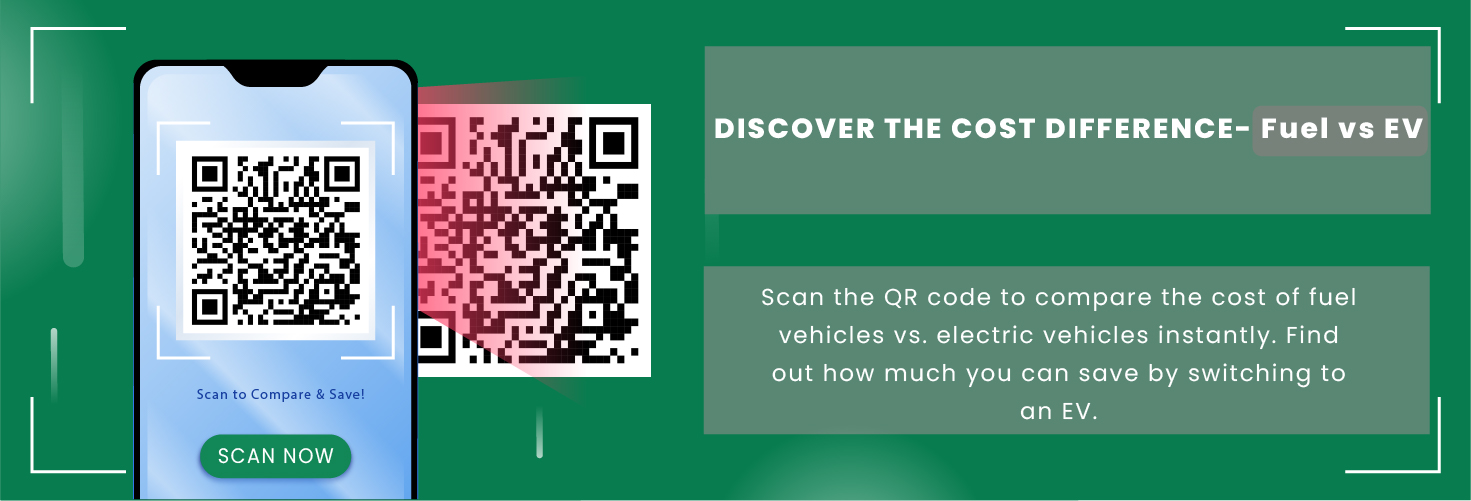

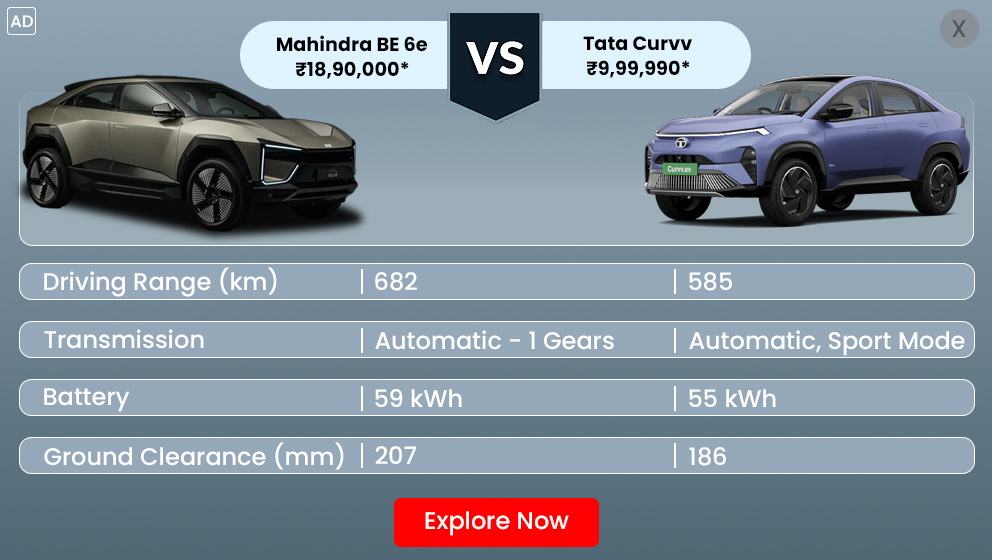

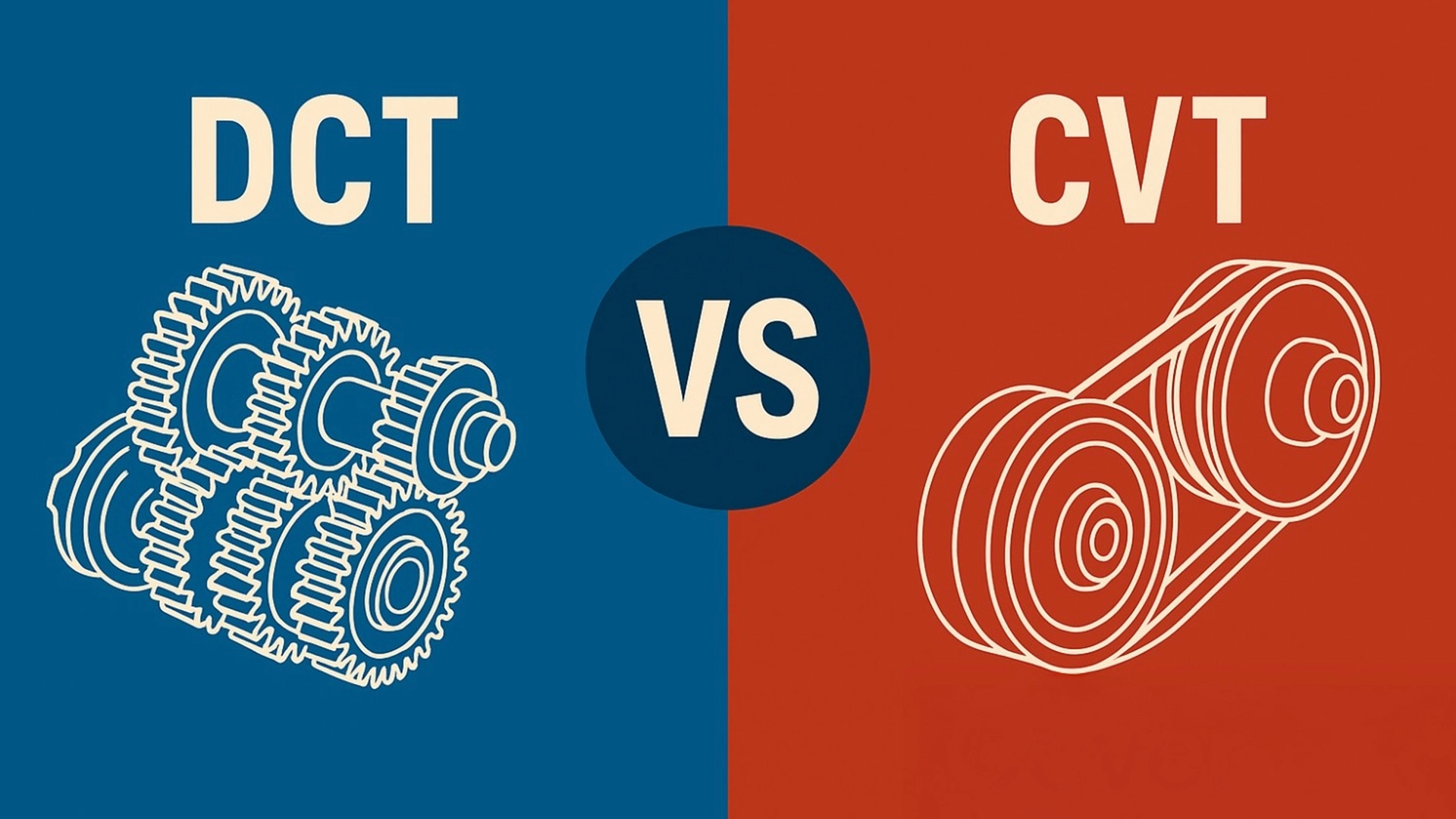
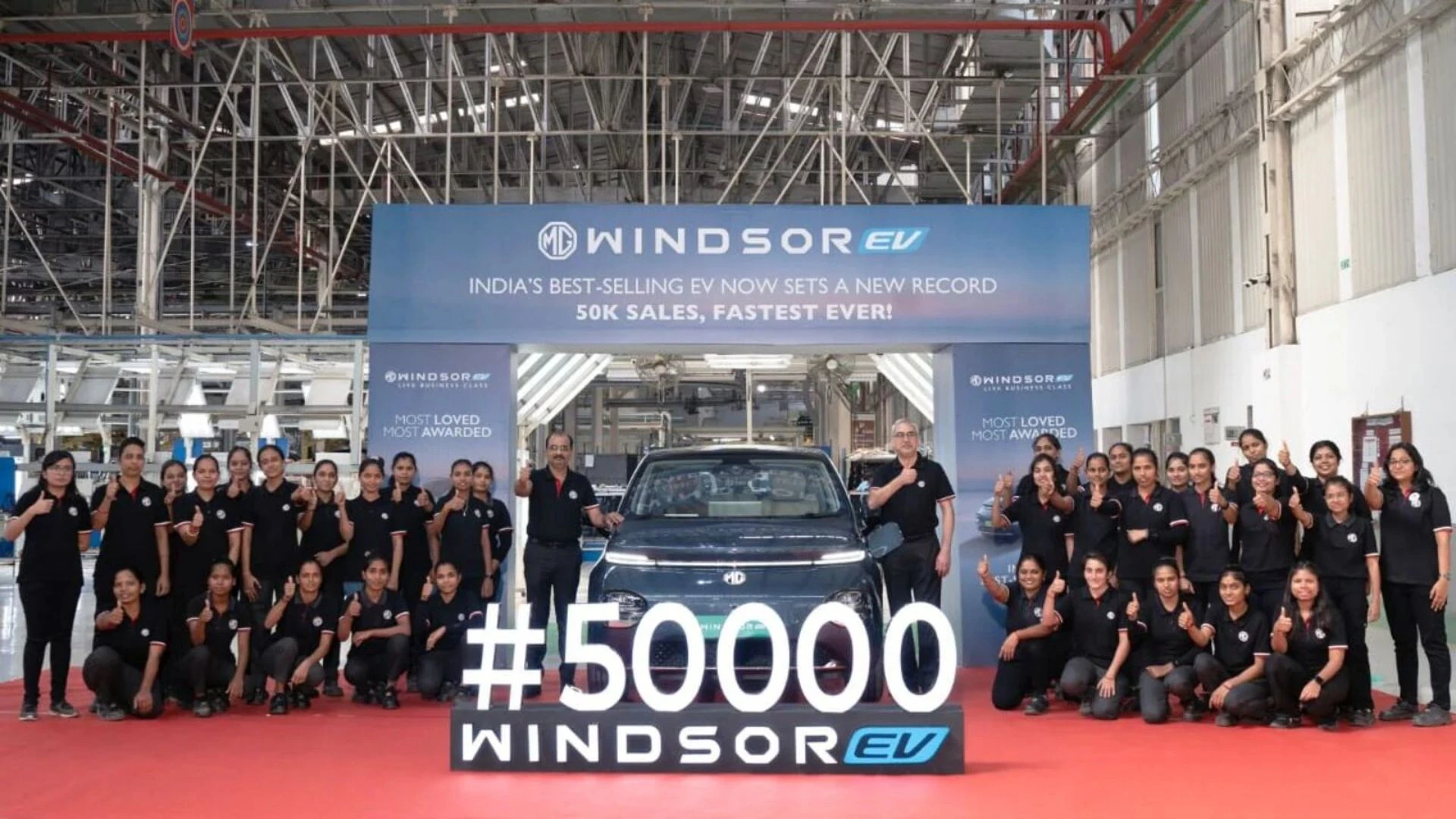
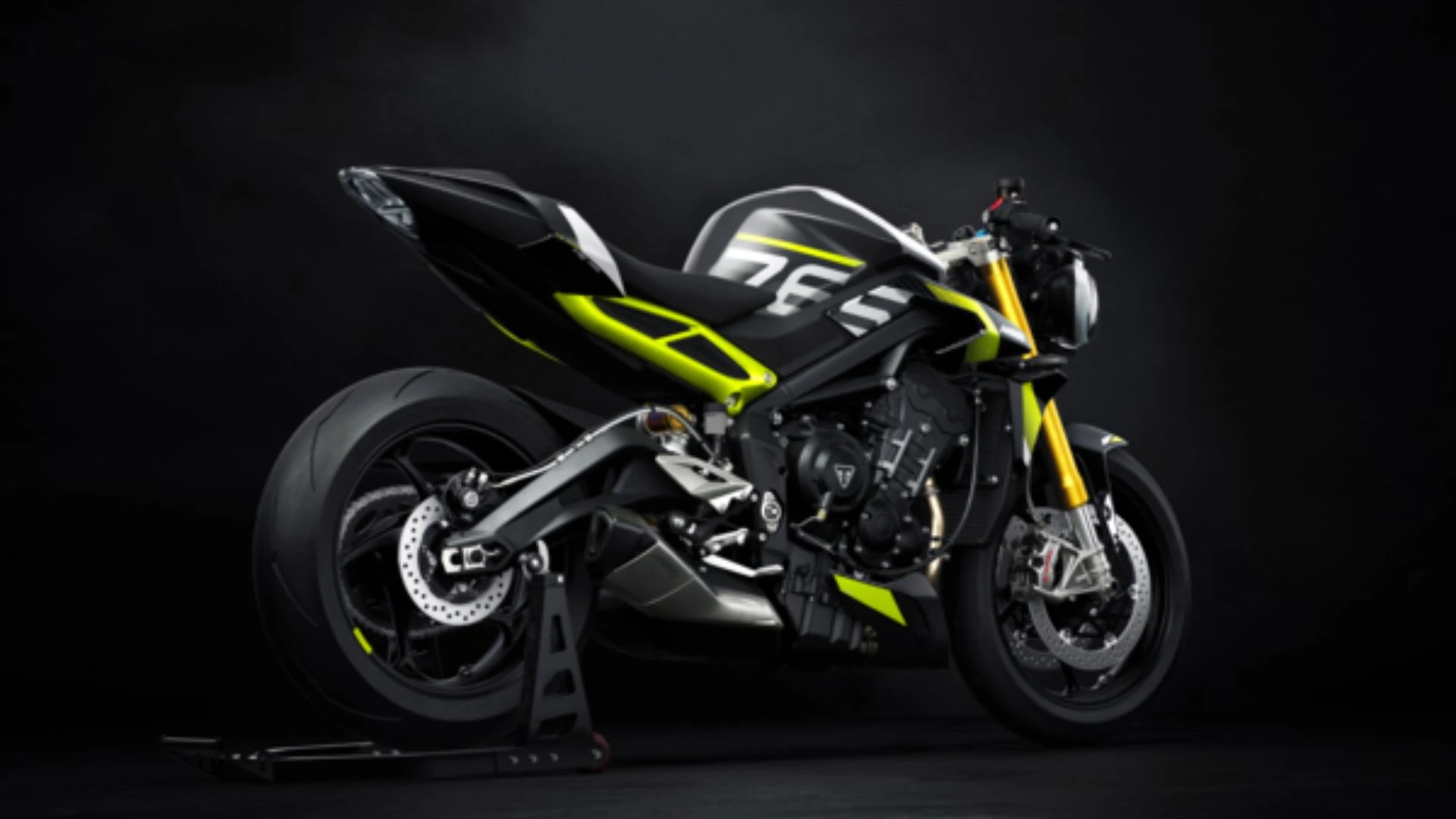
_1765357579.webp)
_1765357577.webp)
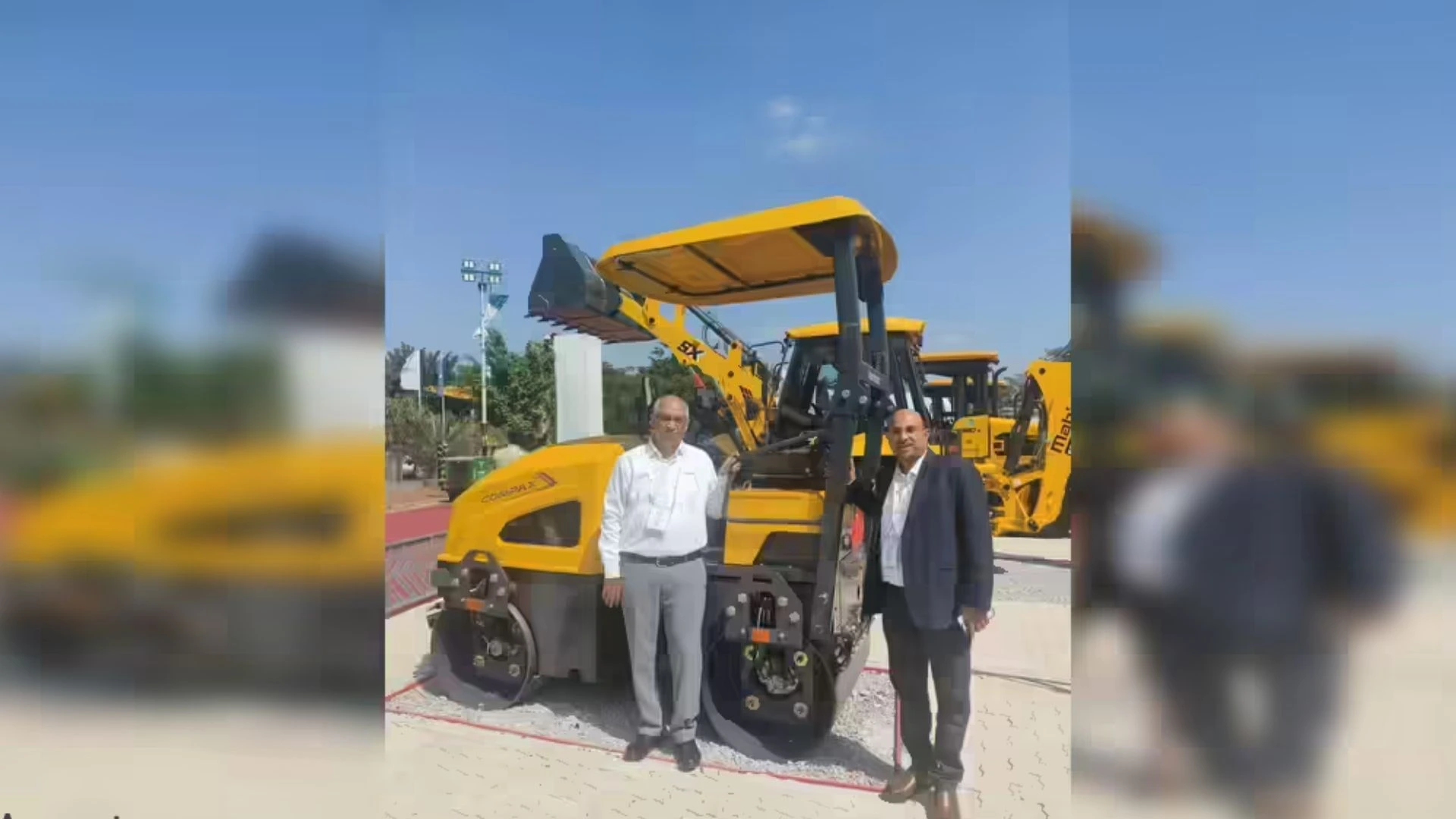
_1765348383.webp)